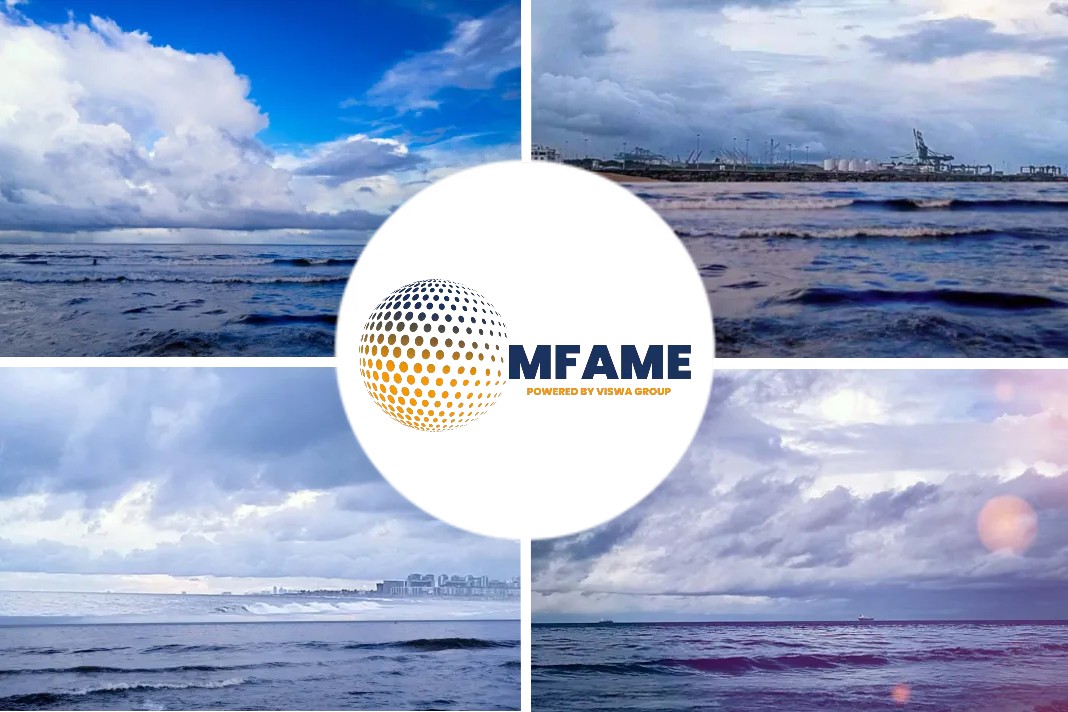
- Container lines will counter excess capacity and slow demand growth by deploying multi-faceted strategies.
- This will include laying up ships, mass blank sailings and slow steaming to tie up more vessels and cut fuel costs
Bronson Hsieh, former chairman, Evergreen and Yang Ming container lines, told the latest episode of The Freight Buyers’ Club podcast, produced in partnership with Dimerco Express Group, that carriers “know how to arrange” supply-side reductions and would do everything in their powers to “control redundant capacity”, reports Transport And Logistics News.
Bridging supply-demand gap
This will include laying up ships, mass blank sailings and slow steaming to tie up more vessels and cut fuel costs, he said. Hsieh also expects older vessels of over 25 years of age, representing around 3 percent of the current global fleet, to be scrapped, a move which offers the added benefit of helping carriers cut emissions in line with the latest IMO requirements.
“If those 3 percent of vessels are going to be retired next year, then that really would be very helpful to reduce [capacity] growth ratios,” he added. Hsieh also predicted that carriers would increasingly re-route ships around the Cape of Good Hope “in order to digest more redundant vessels” on Asia-Europe services, a move that would also save substantial Suez Canal transit fees.
Combined, these efforts will help bridge the substantial gap between vessel supply and container shipping demand growth this year and next, argued Hsieh. “This year will thus see the arrival of the box ship delivery wave that follows the ordering frenzy of 2020 and 2021,” says Hsieh. “At least, for the time being, it looks as if all this extra tonnage will hit the liner trades at a time of faltering demand.”
The result, it added, would be “a return of overcapacity” to container shipping. Learning from the past: Saving Yang Ming Hsieh, whose career in container shipping has spanned some 45 years, offered insight into how carriers could stay profitable in the current downcycle. Back in 2016 when container shipping was suffering a major downturn that pushed Hanjin Shipping into bankruptcy, Hsieh was tasked with preventing Yang Ming from suffering a similar fate.
As Chairman of Yang Ming, he quickly curtailed the acceptance of unprofitable cargoes. “Yang Ming’s vessels were always fully loaded,” he told The Freight Buyers’ Club. He said that in 2016, the container shipping market was “very tough” and too soft to enable carriers to cover their fixed costs from freight rates.
Instead, Hsieh told sales representatives to focus on finding cargo “that at least covers the variable cost” and to ditch customers that would not pay “reasonable ocean freight”. “I give them very strict requirements,” he said. “That’s one of the most important reasons [why in] 2017 Yang Ming started to make money.”
Did you subscribe to our daily Newsletter?
It’s Free! Click here to Subscribe
Source: Transportation and Logistics News
















